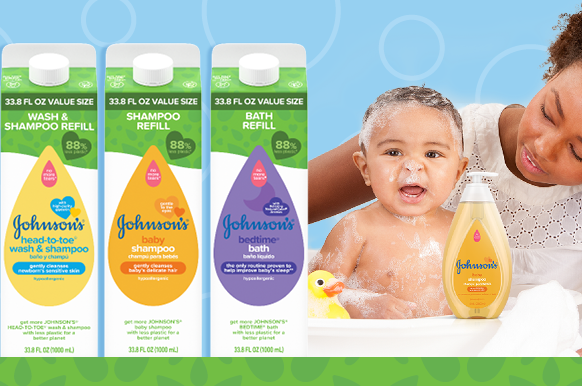Johnson Baby Products: Are They Safe for Your Little Ones?
When it comes to caring for your baby, safety is always a top concern for parents. Johnson & Johnson, a well-known brand in baby care, has faced scrutiny over the years regarding the safety of its products. This blog post delves into the safety of Johnson Baby Products, helping you make informed choices for your child’s delicate skin.
Understanding Ingredients in Johnson Baby Products
One of the most important aspects of product safety is understanding the ingredients used. Johnson Baby Products often feature mild formulations designed for babies’ sensitive skin. Common ingredients include water, glycerin, and natural oils. However, it’s essential to be aware of some past controversies, such as the use of parabens and phthalates in some formulations. As brands evolve, Johnson & Johnson has committed to reformulating products to minimize harmful substances, replacing them with safer alternatives. Always check product labels and research any ingredients if you have concerns.
Regulatory Oversight and Safety Testing
In the United States, the Food and Drug Administration (FDA) oversees cosmetic products, including those used on infants. Johnson & Johnson conducts rigorous safety testing to ensure their products comply with health standards. The brand maintains that their products go through multiple assessments before reaching the market. However, independent studies and consumer advocacy groups sometimes raise concerns about the long-term effects of certain chemicals. Parents can rest assured knowing that Johnson & Johnson strives to meet and exceed safety regulations, but staying informed is equally important.
Tips for Choosing Baby Products Safely
When selecting baby care products, there are a few tips to keep in mind to enhance safety. First, always opt for products labeled “hypoallergenic” or “dermatologist-tested,” which indicate a lower risk of irritation. Second, consider sticking with simpler formulations—fewer ingredients often mean a decreased chance of allergic reactions. Additionally, choosing fragrance-free options can help prevent skin sensitivities. Lastly, conducting patch tests on your baby’s skin with a new product can help determine any reactions before full use.
In conclusion, Johnson Baby Products generally prioritize safety, utilizing dermatological expertise and regulatory compliance. However, it’s always wise to stay informed, read labels, and test products thoughtfully. If you have any concerns, consult your pediatrician or a dermatologist for personalized advice. For more insights and tips on baby care, don’t hesitate to explore further—your baby’s health and happiness are worth it!

